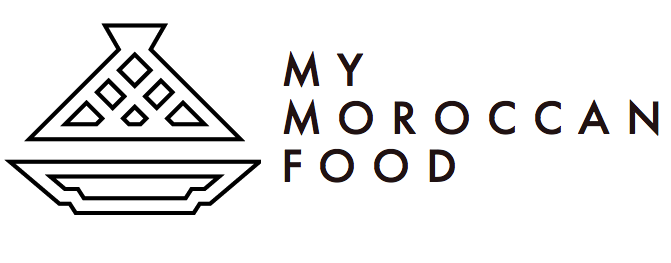Argan Oil
/The Argania Spinosa
Argan oil is extracted from the kernels of the argan tree fruits. This tree, also known as argania spinosa is endemic to the Sous valley of southwestern Morocco.
In spite of the challenging calcareous desert climate they flourish in, argan trees successfully live for as much as 250 years. Their extensive and strong root system allows the trees to go deep into the thin soil in search of water. This also means that the trees are tightly anchored to the ground, enabling them to resist to strong winds and soil erosion. In fact, their unique adaptation system allows them to settle in the desert where only a few trees can grow which makes them a crucial bastion against desertification.
Extraction
The argan tree takes up to 50 years to reach fruiting maturity and its fruits take one year to mature. Inside the yellowy-green oval shell is a kernel, and inside each kernel are small seeds. You will find between one and three seeds per kernel, containing about 30% to 60% of argan oil.
Extracting the oil from the argan fruit is an extensive and laborious task that has been traditionally handled by Berber women; it takes 30kg of fruit and 15 hours of labour to make one litre of argan oil.
In order to extract the kernels, the workers start by drying out the fruit and removing the flesh. Some manufacturers discard the flesh mechanically without drying the fruit. In both cases, flesh is then used as animal feed.
Next, the argan fruit is cracked to allow the collection of the kernels. This step is done by hand by the workers, fruit by fruit with the help of a stone and is seen as the most laborious step of argan oil production. Unfortunately, attempts to make this process mechanical have failed.
The kernels destined to make culinary argan oil are roasted and cooled down before being grind and pressed. The brown-coloured substance ejected is pure and unfiltered argan oil. Finally, workers transfer unfiltered argan oil into vessels. The unfiltered argan oil is left to rest for 2 weeks allowing the solids present in the oil to settle at the bottom of the vessel, creating a natural residue.
Cosmetic argan oil is produced almost the same way as the culinary one, except that in this case, the argan kernels are not roasted to avoid a strong nutty odour.
Traditionally, goats would climb up to the tops of the trees and agilely chew the fruit from the argan tree branches. Afterwards, farmers would gather the nuts from the goats’ excrement and extract the oil from the nut kernel. This method is no longer used nowadays for regular production of argan oil. For this reason, goats are banned from the argan woodlands until July when the fruits reach maturity.
Culinary Use, Cosmetic Uses and benefits
Argan oil is generally used for dipping bread and drizzling on couscous or salads. However, the most common use of argan oil in Morocco remains Amlou.
Amlou is a thick brown paste with a texture similar to peanut butter obtained by grinding roasted almond and argan oil, mixed with honey. Amlou is known as a speciality from the South of Morocco and is usually used as a bread dip or spread.
For many centuries, argan oil embodied the main constituent of traditional Berber medicine where it was used for many illnesses such as rheumatism, heart disease and skin conditions. However, for the past decade, argan oil became the most prominent component in the beauty industry. In fact, researchers discovered the oil’s exceptional anti-ageing property and super food power. Argan oil contains 80 % unsaturated fatty acids and laboratory testing has demonstrated that argan oil has antioxidant properties, neutralises free radical agents, protects conjunctive tissue and restores the skin’s water-lipid layer and finally lowers bad cholesterol.
Numerous statements have been made regarding the positive impacts on health generated by the consumption of argan oil. Researchers have established that a daily consumption of argan oil is "highly likely" to be one factor that helps prevent various disease such as cancers, cardiovascular diseases and obesity.
The only thing that we need to keep in my mind about culinary argan oil is that it is not suitable for cooking, as it can’t be heated.




